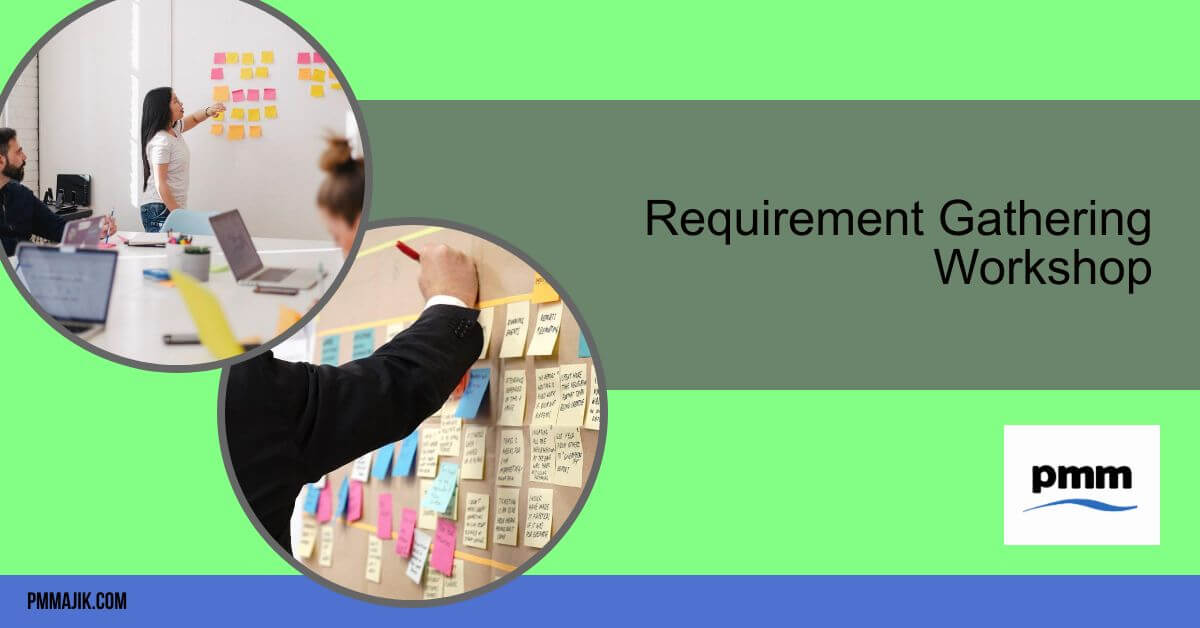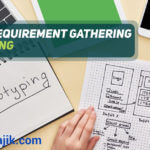In the second article in our series focusing on project requirement gathering techniques, we will explore workshops and how they allow they allow collaboration between the team and shareholders to document requirements.
Workshops are an effective tool to gather requirements from stakeholders, however the key to a successful workshop is to make it engaging, valuable and add some fun!
Conducting a Requirement Gathering Workshop
A successful workshop can be facilitated by following the five phases detailed below:
Planning
Effective planning is the key to completing any task successfully, and this stage is where the bulk of the work takes place.
Firstly, a planning meeting is held to determine the logistics of the workshop, such as date, time and location. The scope and purpose of this meeting should be made clear to all participants to assist with the completion of a stakeholder analysis to ensure that the correct people are invited to the workshop.
When this has been decided, identify the vision and agenda of the workshop and include this in the invitation to stakeholders to enable them to prepare for the workshop effectively.
Opening
Despite including the vision and agenda in the invitation to stakeholders, it is important to clearly articulate this information in the opening of the workshop to ensure that everyone has a clear understanding.
The opening of the meeting should also allow time for introductions, which can be carried out in a simple way of going around the group and asking everyone to introduce themselves or can incorporate a more fun, ice-breaker type of activity.
Execution
During this phase the workshop is in session and the leader should facilitate, ensuring that the focus remains on the purpose and vision. Notes should be kept during the workshop; however, it is recommended that a participant other than the facilitator act as scribe.
Workshops offer the opportunity for rapid feedback loops as requirements are elicited from stakeholders and documented in real time. Having stakeholders present allows for adjustments and corrections to be made instantaneously.
Workshop best practice involves planning activities which will keep stakeholders engaged. An effective method is to ask them to move around, perhaps by setting up ideas stations for different sections of the project.
The workshop should also make good use of visual aids which will allow the team to present their ideas in a clearer way. Visuals may include mind-maps or process flows, providing that they are appropriate for the situation, and it isn’t particularly necessary to create those visuals prior to the workshop.
As the session progresses it is likely that new ideas will start to form and creating visuals from those ideas can be a powerful tool, particularly if stakeholders are encouraged to assist in their design during the session.
Closing
At the end of the session there should be a discussion of what has been accomplished, what still needs to be done, and what the next steps are.
What will happen next should be clearly communicated everyone in attendance and stakeholders should be thanked for attending.
Follow up
The follow-up to the session usually happens a few days after the workshop. Minutes, notes, action items and diagrams should be forwarded to all attendees along with a schedule of any follow-up meetings that are needed.
Advantages
- The short intensive session allows the collection of meaningful stated requirements
- Having the right stakeholders in attendance creates buy-in.
- The requirements put forward are discussed and understood fully before going to approval.
Disadvantages
- Workshops can be costly, not just in terms of finance, but in time and co-ordination too.
- It can be difficult to get all of the necessary stakeholders in one place at the same time, particularly those who have the authority to make decisions.
- Workshops may need to be repeated to reach a final conclusion.
Workshops are an effective way to elicit, refine and finalise requirements from your stakeholders in real-time. When all of your stakeholders are in one place it is easier to consider the different requirements that are needed and create buy-in by encouraging them to be active participants in the session.
The effectiveness of the session however is in the planning. It is essential to get the right people in place who have the authority to make decisions.






